Entry Category: Criminal Activities - Starting with L
Lacey, Nathan (Lynching of)
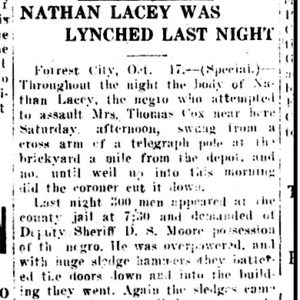 Nathan Lacey Lynching Article
Nathan Lacey Lynching Article
Lane, Frank (Lynching of)
Larkin, Hill (Lynching of)
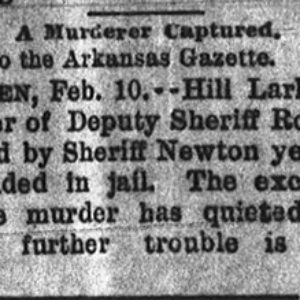 Hill Larkin Lynching Article
Hill Larkin Lynching Article
 Effie Latimer
Effie Latimer
Lavy, Thomas Lewis
Lebow (Lynching of)
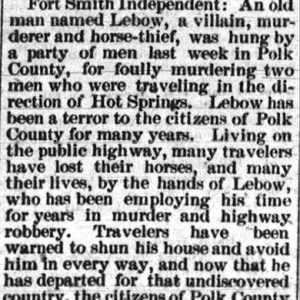 Lebow Lynching Article
Lebow Lynching Article
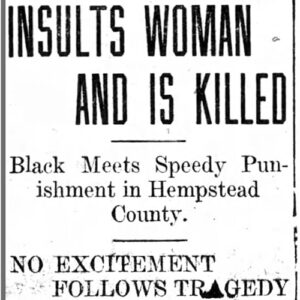 Charles Lewis Lynching Article
Charles Lewis Lynching Article
Lewis, Sanford (Lynching of)
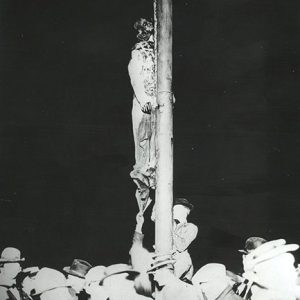 Sanford Lewis Lynching
Sanford Lewis Lynching
 Lewis Lynching Article
Lewis Lynching Article
Lightfoot, G. P. F. (Lynching of)
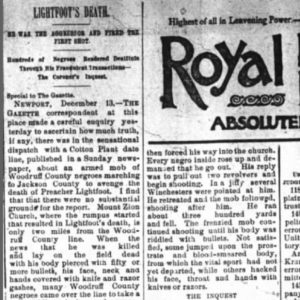 Lightfoot Lynching Article
Lightfoot Lynching Article
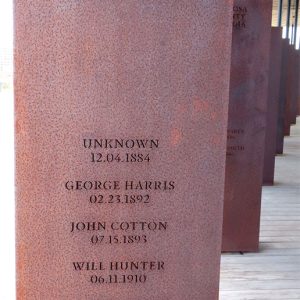 Lincoln County Lynching
Lincoln County Lynching
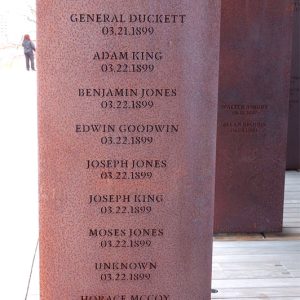 Little River County Lynching
Little River County Lynching
Little River County Lynching of 1878
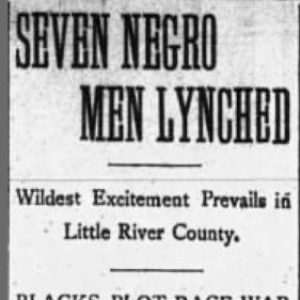 Little River County Lynchings
Little River County Lynchings
Livingston, Abe (Lynching of)
Livingston, Frank (Lynching of)
Logan County Lynching of 1874
aka: Sarber County Lynching of 1874
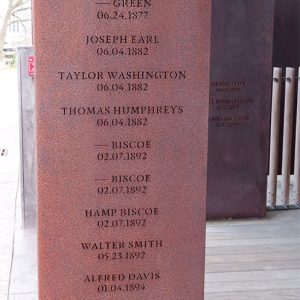 Lonoke County Lynching
Lonoke County Lynching
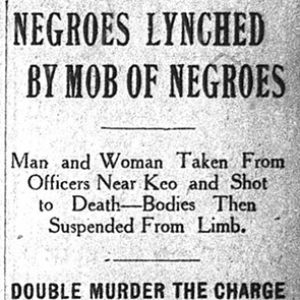 Lonoke Lynching Article
Lonoke Lynching Article
Lonoke County Lynching of 1910
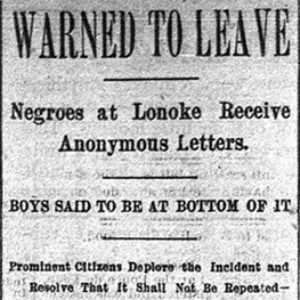 Lonoke Race Troubles Article
Lonoke Race Troubles Article
Lonoke County Race War of 1897–1898
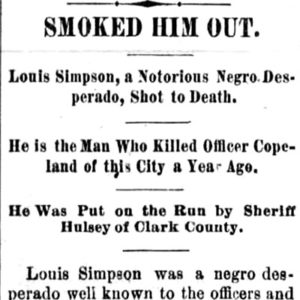 Louis Simpson Lynching Story
Louis Simpson Lynching Story
Lowery, Henry (Lynching of)
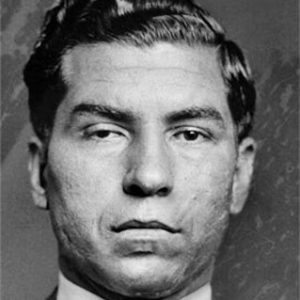 "Lucky" Luciano
"Lucky" Luciano
Luciano, Charles “Lucky”
aka: Salvatore Lucania
Lynching
 Lynching Condemnation Document
Lynching Condemnation Document
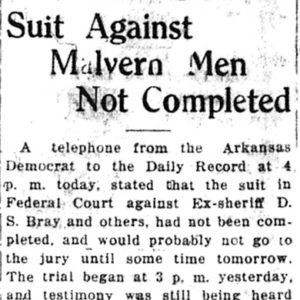 Lynching Lawsuit Article
Lynching Lawsuit Article
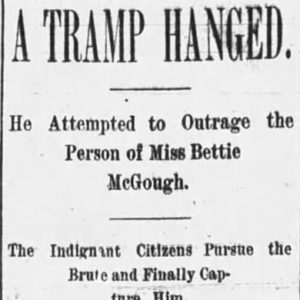 Lynching Report
Lynching Report
 Lynching Report
Lynching Report




